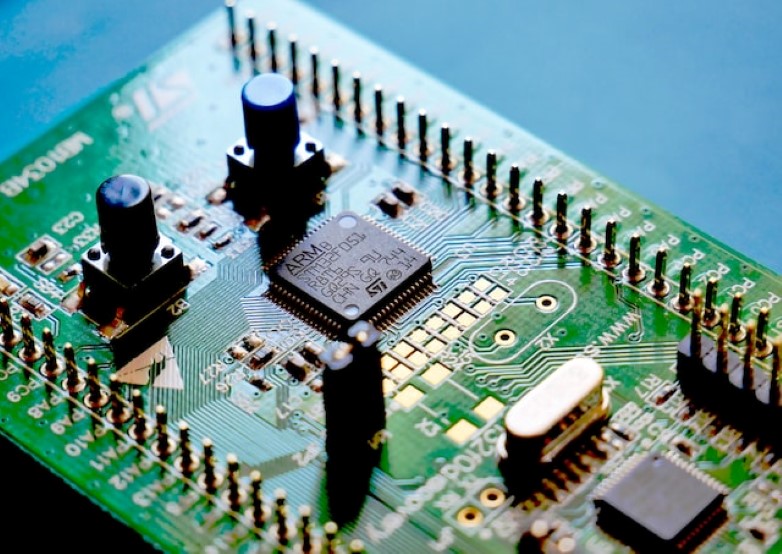The fight against electronic waste: Biodegradable circuit boards
With electronics being such an integral part of modern society, the problem of how to properly dispose of or recycle these needs to be addressed. E-waste often comprises of products with a battery or plug and features toxic substances such as mercury, posing severe risks to human and environmental health. Researchers have been exploring ways to make various electronics and their components more eco-friendly. One team of researchers funded by the National Science Foundation and published in ACS Applied Materials & Interfaces, has innovated ground-breaking biodegradable circuit boards that hope to solve the growing problem of e-waste and pave the way for future, fully disposable electronics.
The global landscape of e-waste
Discarded electronic such as mobile phones and laptops are becoming a rapidly growing source of electronic waste. The UN estimated in 2021, each person on the planet will produce on average 7.6 kg of e-waste, meaning a massive 57.4 million tons will be generated worldwide, greater than the weight of the Great Wall of China.
Unfortunately, only 17.4% of this e-waste, containing a mixture of harmful substances and precious materials will be recorded as being properly collected, treated, and recycled. In the US alone, approximately 416,000 mobile phones are thrown away and end up incinerated or landfilled daily, wasting expensive materials, and polluting the environment.
To try to combat these issues, the EU Council has approved a new common charger directive, meaning in 2024 a USB-C port will become mandatory for a whole range of electronic devices such as mobile phones, tablets, and headphones. Having a common charger will improve consumer convenience and will significantly reduce electronic waste.
Biodegradable circuit boards
Usually, electronic devices consist of circuit boards that are bulky and difficult to recycle. Researchers have now developed a prototype of a paper-based circuit board that is flexible, thin and can be completely disposed of after usage.
The team developed a paper-based amplifier-type circuit that included resistors, capacitors, and a transistor using wax to print channels onto a sheet of paper in a simple pattern. Once the wax was melted and soaked into the paper, they printed semi-conductive and conductive inks, which soaked into the areas not blocked by the wax. They then screen-printed extra conductive metal components and casted a gel-based electrolyte onto the sheet.
The team performed tests to demonstrate the board worked correctly and, to show its durability, they demonstrated the entire unit rapidly burnt to ash after being exposed to fire. The final circuit board was highly flexible even after adding the components, making it a possible option for single-use electronics.
This ground-breaking biodegradable circuit board represents a significant step toward fully disposable electronics, a milestone in reducing electronic waste. More innovations like this one are needed to ensure electronics are more sustainable in the future and help reduce the amount of precious materials being wasted and toxic substances ending up in landfills.
In an ever-changing and competitive landscape like this, innovators must keep a close eye on the patenting activity to stay ahead of the curve and ensure they are not infringing on existing inventions. Minesoft’s suite of global patent information solutions support IP, R&D and Legal professionals worldwide to leverage the power of patent data and maximise their ROI. For more information on how we can support your team, visit our website.

